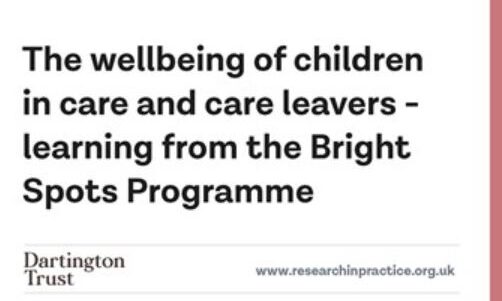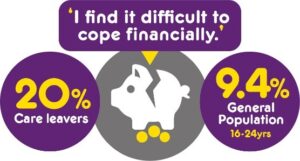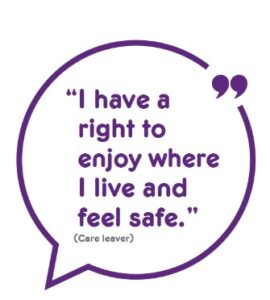Why?
Based on their YLBC findings Wandsworth recognised they faced a number of challenges to ensure care leavers had a home where they felt safe. The housing sector is complex with a wide range of partner agencies involved – so it was crucial to develop partnerships and to co-ordinate this work.
What?
+ The improvement in accommodation has been coordinated through the setting up of ‘Future House’ – a multiagency group including accommodation providers, the housing department, and young people.
+ Working with providers they have been able lower service charges, increase free access to Wi-Fi and improve living standards for care leavers. The Future First Champions (care experienced young people) have been involved in the
inspection of accommodation.
+ The monthly housing liaison panels considered all requests for social housing and rent deposits. Young people are encouraged to attend– this has helped young people to understand the decision making and ensure allocation of properties better meets young people’s needs.
+ Working with colleagues from children services colleagues have been able to support the production of an accommodation guide as well as the introduction of a rent deposit scheme.
Impact
Wandsworth have been able to make progress on a wide range of issues by developing strong working relationships with a range of partner agencies










